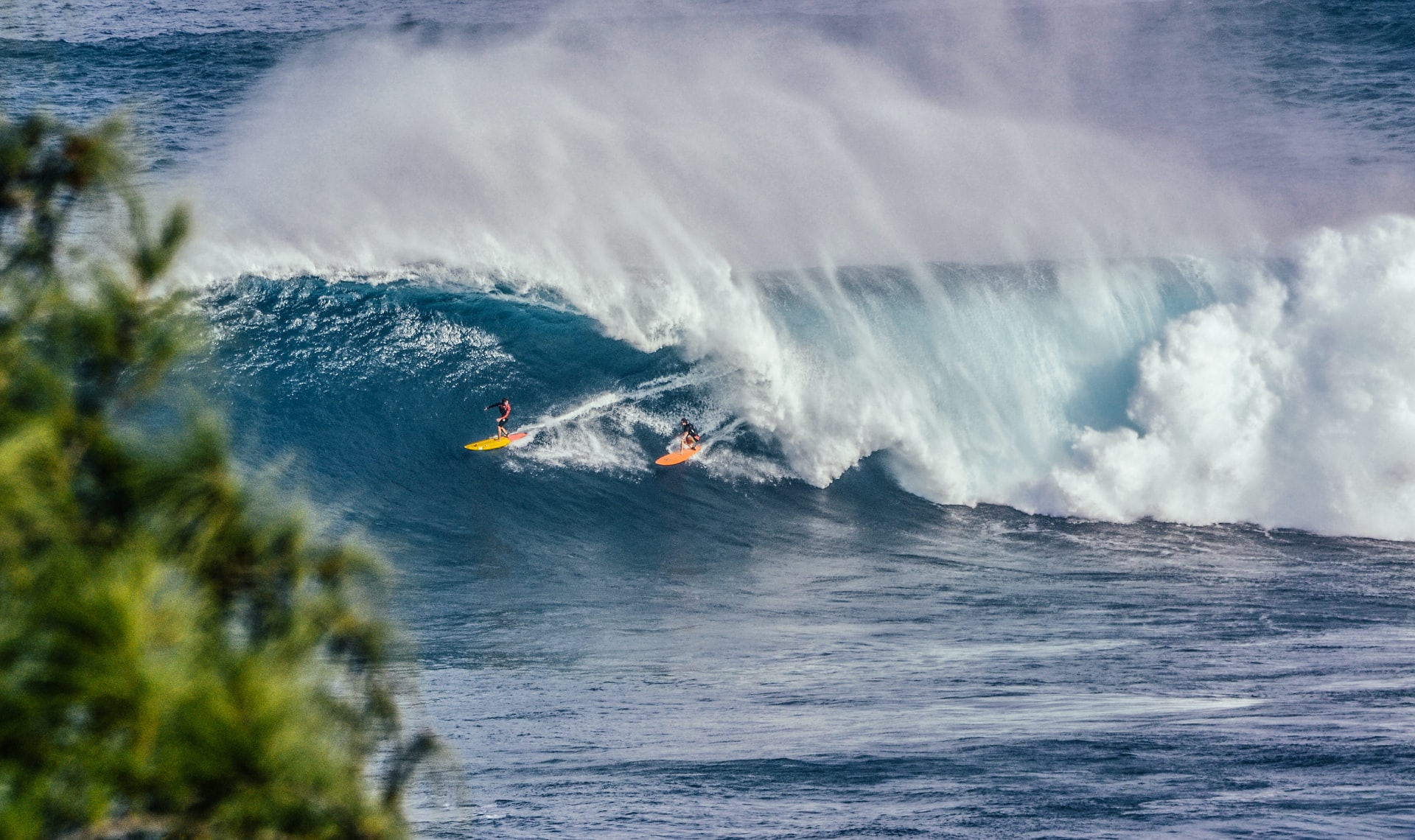Surfing is an interesting sport. Although the nature of the extreme sport is to ride along waves, which requires swell, the relationship to the wind becomes much more important than you may think.
If you are wondering if you can go surfing when it is windy: the answer is yes.
Although, it is the type of wind that is blowing which will be the ultimate decider if it is a good surf day or a washing machine of messy waves.
Knowing about how wind affects surfers and the waves alike is fundamental when it comes to predicting surf.
Therefore we will take a deeper look into how wind patterns should help you make up your mind when deciding to head down to the beach.
- Different Types of Winds
- How Does Wind Affect the Waves?
- Does the Wind Direction Matter?
- How Does Wind Affect Surfers?
- Is It a Good Idea to Go Surfing When It’s Windy?
- Conclusion
- You Might Also Like…
Different Types of Winds
Before diving into how wind affects waves and surfers alike, it is important to know the different types of wind you may experience.
Although wind can blow in all directions when it comes to surfing, three main directions are spoken about: Onshore, offshore, and cross-shore.
Onshore Wind: Onshore wind occurs when the wind direction is blowing from the ocean towards the shore.
In other words, the wind is coming from behind the back of the waves.
Offshore Wind: The exact opposite of onshore, offshore winds are blowing from the shore towards the ocean.
This wind direction will hit the face of the wave directly on as it blows from the land into the sea.
Cross-shore Wind: Cross-shore wind simply blows across the beach, either from left to right, or right to left.
Although these are the four main directions that the wind will come from, a combination of the directions is often used.
For example, cross-on or cross-off, meaning the direction of the wind is somewhere between cross-shore and on or offshore.
How Does Wind Affect the Waves?
As mentioned above, the wind direction will have a huge impact on the surf conditions at your favorite surf spot.
The wind affects the waves in many ways, such as size, speed, and formation.
Off Coast Wind Creates Waves
It is typically wind that is the reason we have waves.
When a storm occurs far out at sea, the ocean surface begins to ripple and create movement.
These “ripples” travel in all directions, sometimes coming together forming larger ripples and at other times breaking down and forming smaller ones.
As this swell moves further from the source (the storm), the swell spreads out and becomes more uniform.
An easy way to understand this is to imagine (or try) to take a large bowl of water and blow directly into the center of it.
You should notice that the “waves” that your wind has created are erratic and move in all directions, but as they get further from where the disturbance is, the ripples or “waves” become more streamlined and steady.
Another point to notice is how, on a larger surface such as a swimming pool, when performing the same experiment, you should notice that the ripples eventually die out and do not reach the edge of the pool.
This is the same as in the ocean.
Although over time the stormwater becomes uniform swell, if the storm is not big enough, or the distance from shore is too far, the waves will eventually die out due to a loss of kinetic energy due to friction.
Similarly, if the storm is too close to land, the swell that hits the beach will still be crazy and not uniform.
Shore Winds Shape Waves
Although the ocean floor of a coastline will massively determine the type of waves that will break (if any) on a beach, it is the winds that create perfect, or imperfect, surfing conditions in these spots.
How Do Offshore Winds Affect Waves?
Offshore winds are in most cases the desired wind direction.
When the wind blows from the shore and hits the face of a wave, it acts as a support, and thus holds up the front of the wave.
This, along with the shape of the ocean floor, creates those steep, clean, and sometimes barreling waves that surfers crave.
In these conditions, the waves hold up longer before breaking, and the spray from the waves fly off the back, instead of into your face as you are paddling out.
How Do Onshore Winds Affect Waves?
When winds come from behind the oncoming swell, although it will increase the wave speed, these onshore winds tend to push the waves down flat.
As the wind is pushing the wave down, offshore winds cause waves to break sooner and usually result in a crumbly wave that breaks in various spots along the face.
Onshore winds are the least favored by surfers as it means that the rides are shorter, and the waves have less power due to the decreased steepness.
How Do Cross-shore Winds Affect Waves?
Cross-shore winds are also not a favorite among surfers.
Cross-shore winds tend to make the ocean surface choppy, which results in an uneasy ride.
A wind blowing against the direction of the breaking wave can make a ride difficult as the ocean surface will be bumpy, while a wind blowing behind a breaking direction could be okay. However, this will flatten out any potential barrels.
All of this being said, there are times when it is okay to surf in onshore wind, for example, when there is a steep ocean floor such as a reef.
In this case, a slight onshore wind will not affect the wave peak as much.
Similarly, when offshore winds are too powerful, it can be difficult to generate enough speed to catch a wave, and in some cases, the wave can be blown out if the swell is not big enough.
Does the Wind Direction Matter?
Taking the above information into consideration, it is easy to see how wind direction not only matters but is ultimately the deciding factor of what the surf conditions will be like on a particular day.
As a general rule of thumb, offshore winds are best, and onshore winds are the worst.
However, the swell direction and the particular surf spot will determine which wind direction is ideal for the break.
In some cases, a slight onshore wind will help add extra power to a sloping wave, while in others, a cross-off wind direction will keep up the peak of a wave while adding power to its direction.
How Does Wind Affect Surfers?
Besides making or breaking perfect surf conditions, the wind will affect a surfer directly.
Although you will notice many subtle differences when surfing in different wind conditions, the main three will come from ease of paddling, balance, and sight.
How Wind Affects Paddling
If strong onshore winds are blowing but you cannot stay out of the water, paddling out past the break may seem more difficult to almost impossible.
Paddling against strong winds simply means that you need to exert far more energy than you would if the wind was on your back.
Sometimes it may seem that for every four strokes you take you move only one forward.
Additionally, because the wind direction causes the waves to break sooner, you will find yourself needing to duck dive under the waves that you could have paddled over in different conditions.
As for offshore winds, paddling out is generally much easier, as the winds behind you will provide additional speed, as well as keep the waves from breaking, which gives you more time to paddle over them.
On the flip side, as previously mentioned, strong offshore winds will mean that you need to paddle harder onto a wave to catch it.
Cross-shore winds will not directly affect how easy or hard it is to get to the back or paddle onto a wave.
But because of the sideways direction, you will constantly need to be paddling against the wind direction once past the break to maintain your position.
How Wind Affects Balance
Thinking about how wind affects your balance while surfing is quite simple: the stronger the wind is, the harder it is to stand up.
Strong offshore winds will try to push you off the back of your board when dropping down a wave, while a cross-shore wind on your back while riding a wave will help push you onto your front foot, which is better for generating more speed.
Although once you have mastered the art of how to stand up on a surfboard, the wind will not seem to affect your balance much, but it can be tricky for those who are new to surfing.
How Wind Affects Your Sight While Surfing
The wind itself does not affect your eyesight while surfing, but what it does to the water often will.
The spray direction off of a wave caused by the wind can be anything from slightly annoying to almost blinding.
It is very common on a day with strong offshore winds that the spray from a wave will blind you as you paddle onto a wave.
Similarly, when surfing in cross-shore winds, if riding against the wind, the combination of the irregularly breaking wave and the spray back could make the wave difficult to navigate.
Although it is unlikely you will be surfing in strong onshore winds, the spray from the waves will add to the struggle of trying to paddle past the break.
While you fight against the wind, you will find yourself constantly hit in the face by flying water.
Is It a Good Idea to Go Surfing When It’s Windy?
The answer is yes and no.
Many things need to be taken into consideration with regards to the wind before going surfing, such as:
- the wind direction
- how fast the wind is blowing
- the best wind direction for the spot you will be surfing at
- the type of surf you want to have, and
- your skill level.
We have already spoken about wind direction and how it affects the waves, so what is left is to consider the type of surf day you are looking for, the wind speed, and your skill level.
Consider The Type of Surf You Would Like to Have
Because of the different water conditions that winds create, it is up to you whether you want to hit the beach or not.
If you are looking for a laid back day in the sun, sitting on your board and enjoying the ocean, while paddling onto random waves without a care in the world, then an offshore wind is what you are looking for.
On the other hand, surfing in onshore winds will add to the challenge.
Surfing in the onshore wind is a great way to add intensity to your surf session.
You will need to exert more effort when paddling, as well as have an increased response time when it comes to maneuvering your board due to the random breaking sections of the waves.
Slight onshore winds are also a great time to practice aerial tricks as the lips will break more often, therefore providing you with more of a choice when trying to get some air.
When Is It too Windy for Surfing?
The next thing to consider is how fast the wind is blowing.
No matter what the direction of the wind, too much will blow out the waves, while too little will have a small to no effect at all.
As a general rule, in offshore winds, less than 20 knots (37 km/h or 23 mph) is still okay to surf. Any stronger than this and it is likely that you will struggle to take-off.
As for onshore or cross-shore winds, less than 10 knots (18 km/h or 11 mph) should not chop the waves too much, and will not blow the waves flat.
Of course, these speeds are just a guideline and will differ as to the swell size changes along with the ocean floor.
For example, a gently sloping beach break will be affected more by the surface wind as the waves are not naturally very steep.
Swell size will also come into play as the bigger the swell, the less the wind will affect the wave quality.
Can Beginners Go Surfing When It’s Windy?
Skill level plays a major role when deciding on what conditions are appropriate.
Advanced surfers can paddle out in just about any condition and be almost guaranteed to catch a few rides.
However, if you are new to surfing, it is always best to learn or practice on calmer days when the water is clear and the waves are smooth.
This is for two main reasons: Surfing can be dangerous when entering water that is outside of your skill level, and learning to surf in difficult conditions will make surfing a lot harder than it needs to be.
The dangers of surfing in strong winds when new to the sport include, but are not limited to, the possibility of exhaustion when out at the back of the surf, panic due to waves breaking in all directions, and being swept far along the beach due to strong cross-shore winds.
Even if you are a strong swimmer/paddler and the above dangers do not seem a problem to you, then you should still consider how much harder it will be to learn to surf in rough waters.
Because of the extra effort and non-uniform waves, it is easy to become disheartened when spending hours in the water and not catching a single ride.
For these reasons, it is best for beginner surfers to not surf in strong wind conditions, and when possible, choose your surf days when there is a gentle offshore wind blowing.
Conclusion
If you are wondering if you can go surfing when it is windy, the answer is not only “yes”, but in most cases, some wind is even a requirement for perfect surf conditions.
That being said, strong winds or a wind blowing in the wrong direction can destroy a perfect swell and turn it into a washing machine of messy waves.
As a general rule, offshore winds are the most favored, and onshore winds are the least.
Remember though, the ocean is different everywhere, and the same rules do not apply to every spot around the world.
When in doubt about the best conditions for a surf spot it is always best to ask a local surfer or surf shop.
You Might Also Like…
-

Do Surfers Ride Switchfoot? 5 Benefits (& Why You Should Learn It)
-

Do Surfers Shave Their Legs? 5 Common Reasons (+Pros & Cons)
-

Do Surfers Wear Helmets? 8 Situations You Should Wear One (+4 Cons)
-

Do Surfers Poop in the Ocean? Myths & Facts (+5 Tips)
-
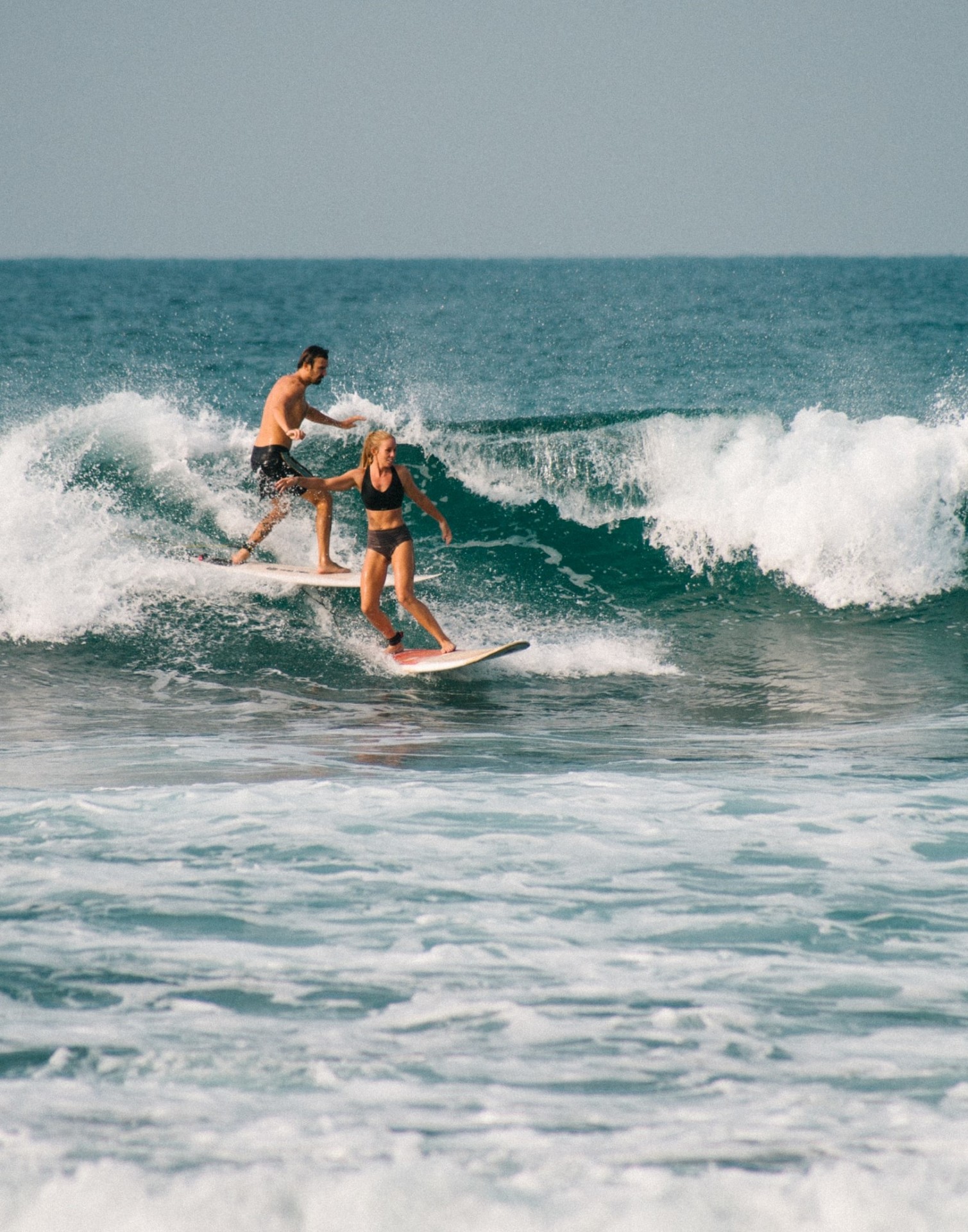
Do Surfers Run Into Each Other? 5 Common Reasons (+8 Tips)
-
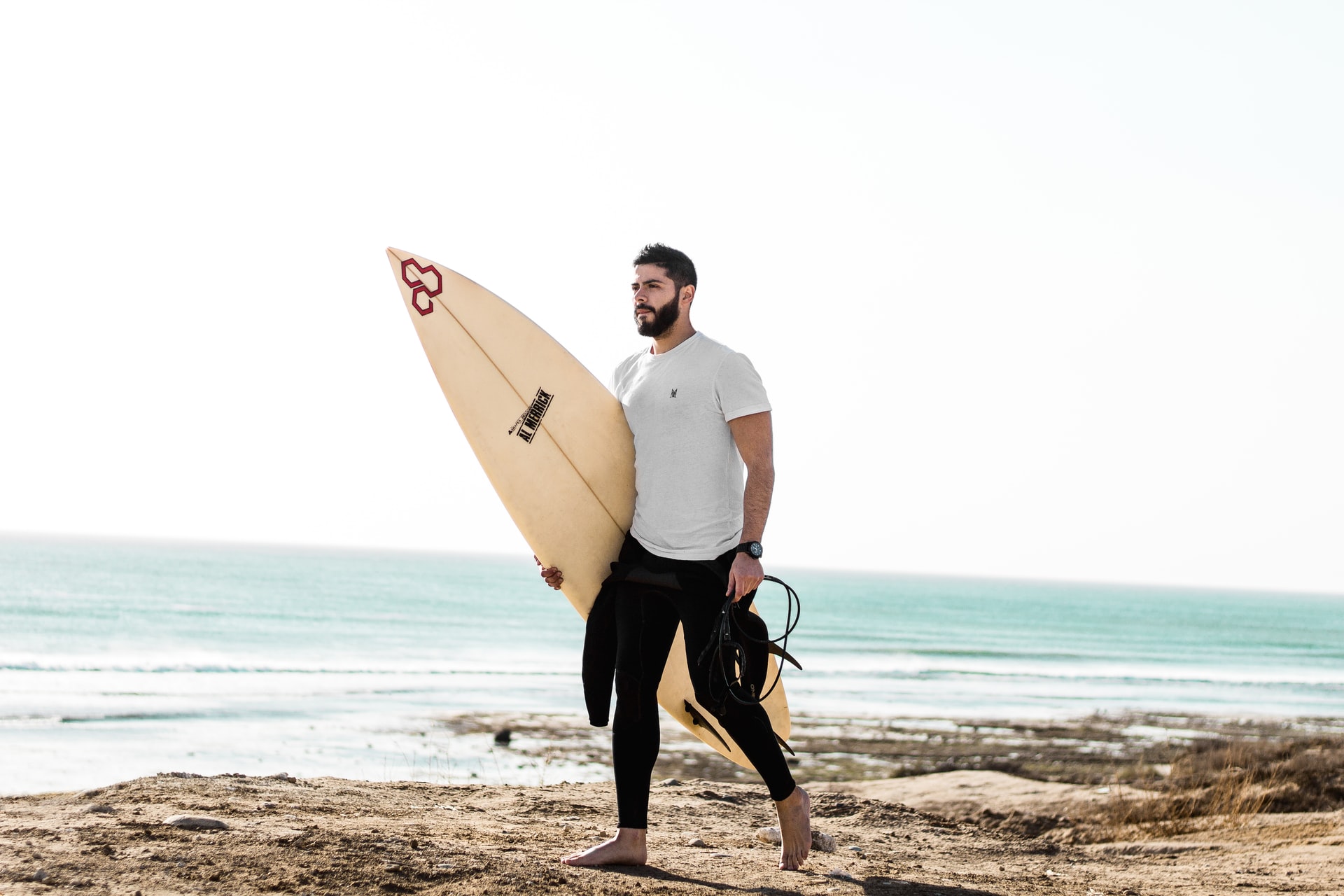
Do Surfers Have Beards? Pros & Cons You Should Know (+4 Tips)
-
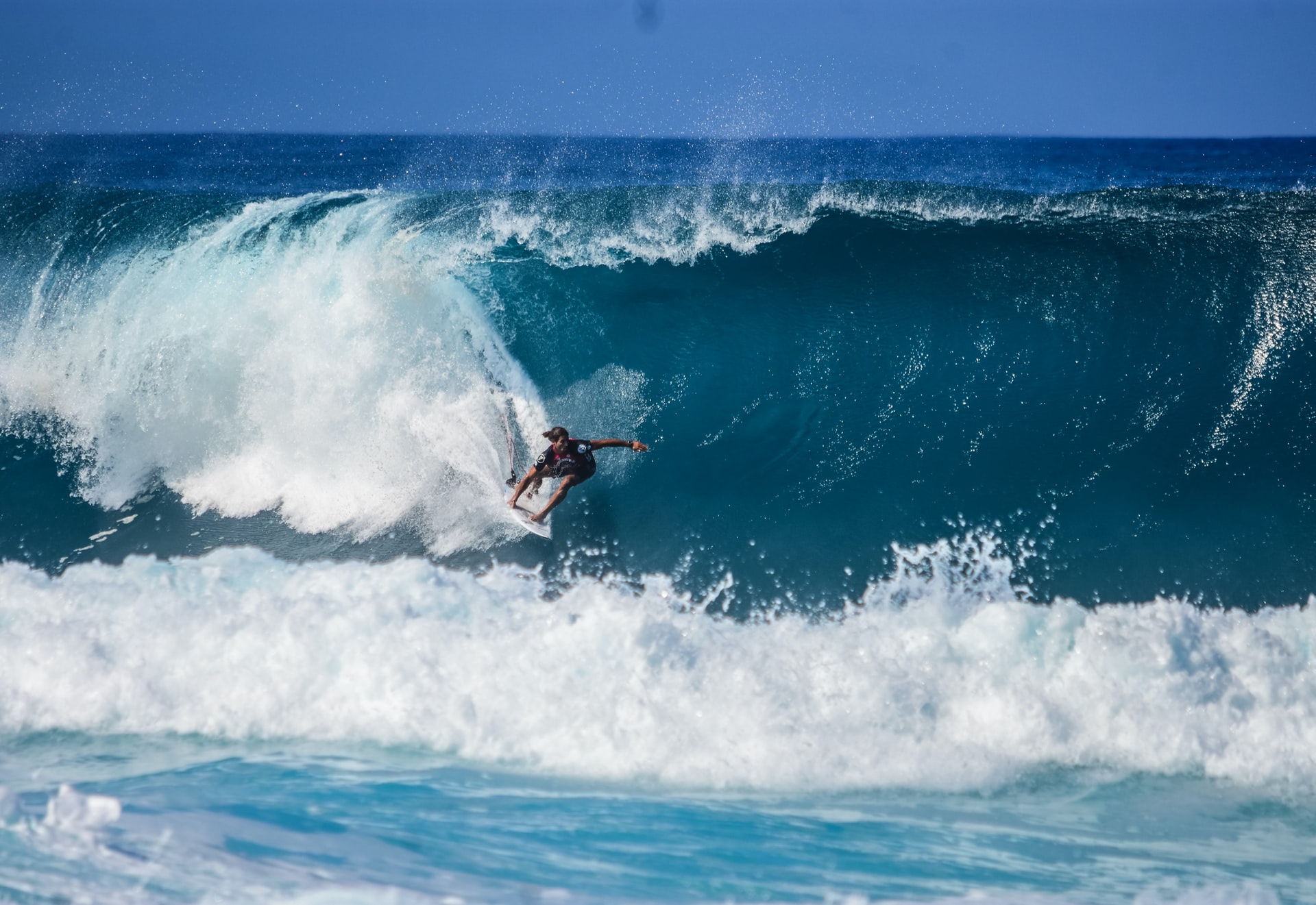
Do Surfers Like Constructive or Destructive Waves? (+Pros & Cons)
-
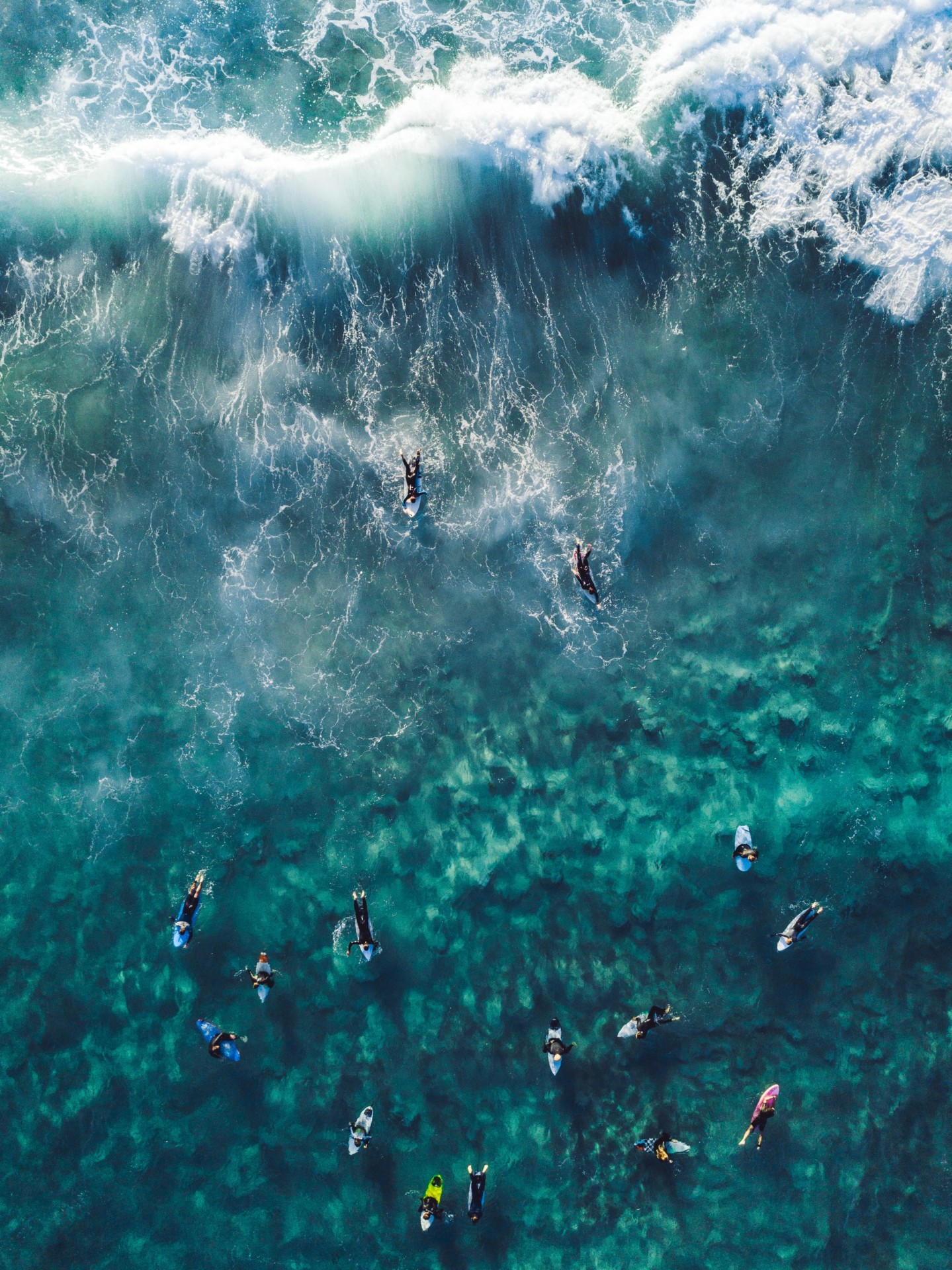
How to Surf Safely: 34 Crucial Tips (Every Surfer Should Know)
-
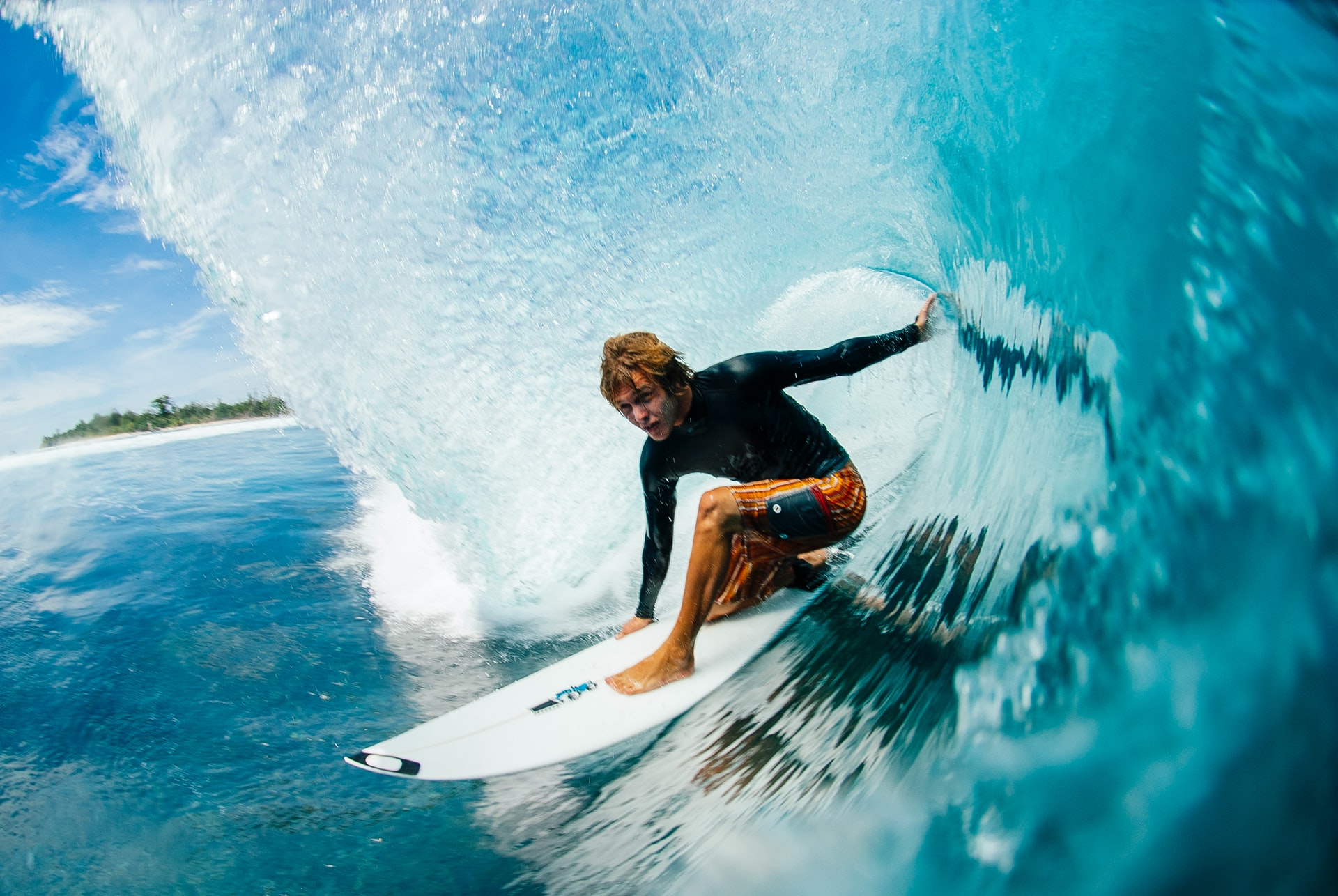
Do Pro Surfers Use Leashes? (+6 Reasons Why You Should Too)
-
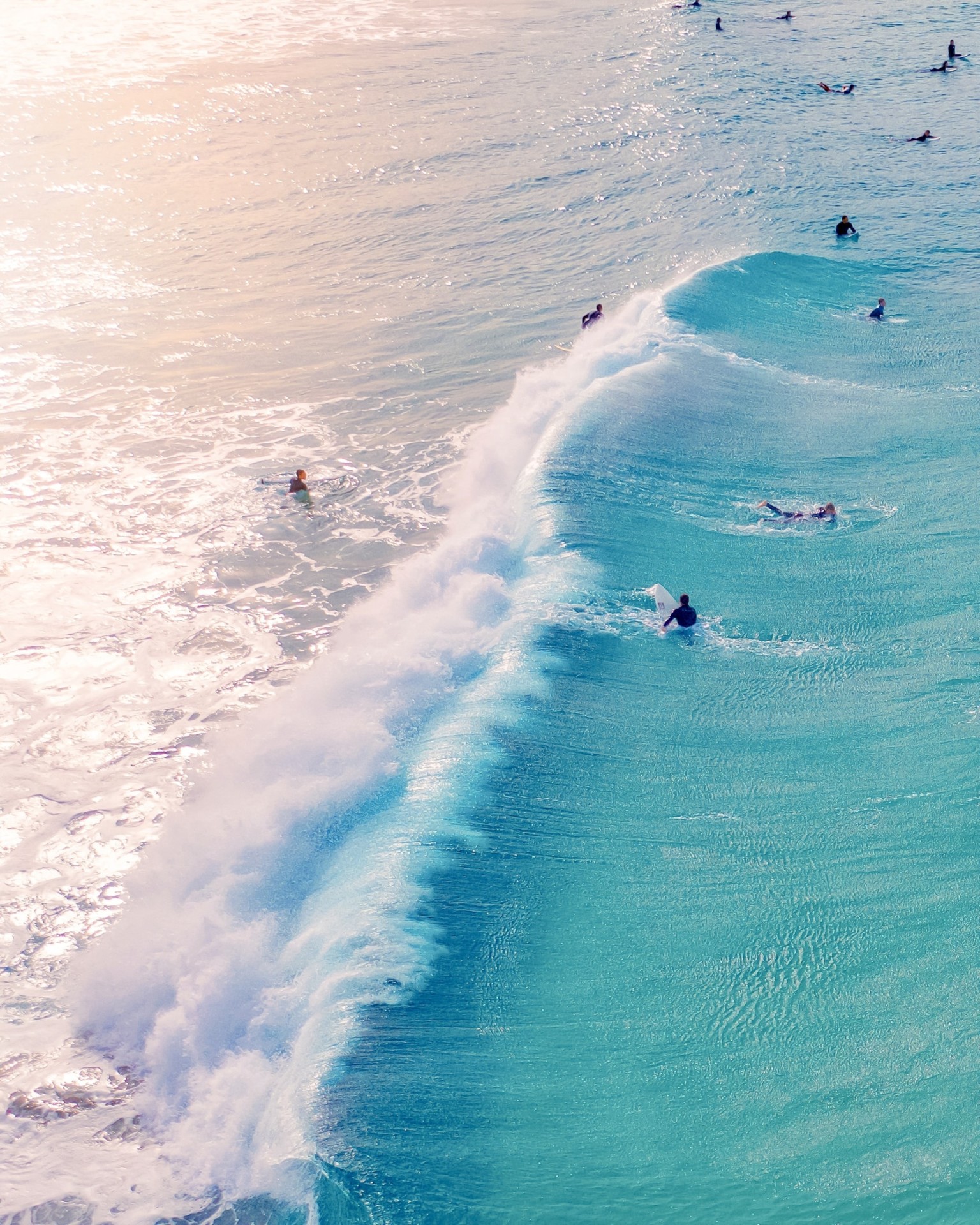
Do Many Surfers Drown? Here Are the Facts (+4 Common Reasons)
-

Do Surfers Wear Life Jackets? (7 Reasons Why They Don’t)
-
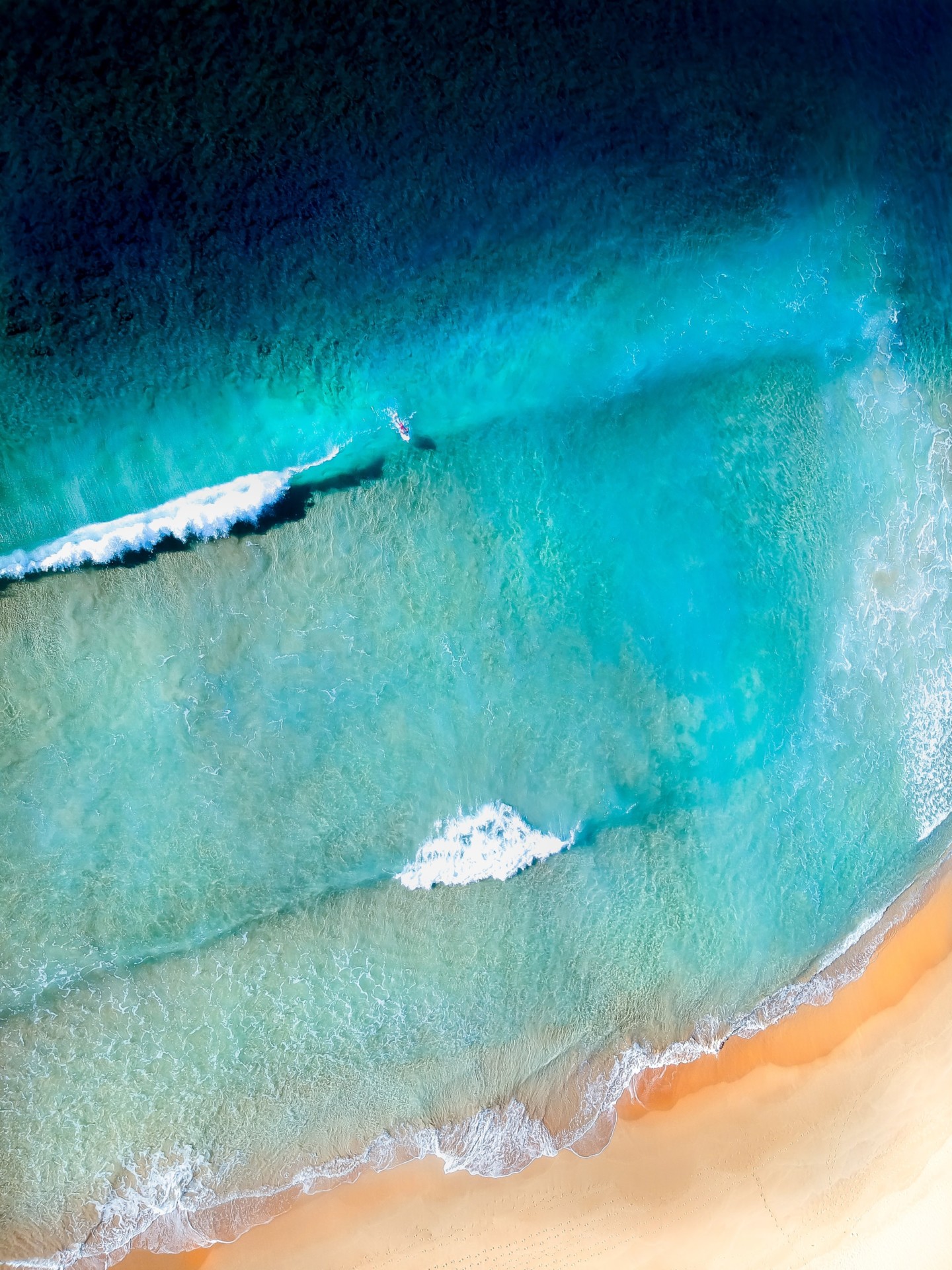
Do Surfers Like Rip Currents? (& How to Use Them Safely)

